The following list accompanies my article “Coming Home to Land Restoration,” in which I share about a road trip I took last fall to learn about how meetings consider and take care of their land. I visited seven meetings in five states: Lancaster (Pa.) Meeting; Third Haven Meeting in Easton, Md.; Charlottesville (Va.) Meeting; Raleigh (N.C.) Meeting; Celo Meeting in Burnsville, N.C.; Birmingham (Ala.) Meeting; and Fairhope (Ala.) Meeting. I also gained insight from serving on a committee at Gwynedd (Pa.) Meeting that developed a sustainable land use plan for its almost 13 acres. The list includes real examples from some of these meetings.
- Collaborate with other churches in the area. Example: Lancaster (Pa.) Meeting participated in a roundtable with local churches about earthcare.
- Collaborate with organizations (watershed, gardening clubs) and/or with the municipality. Example: Third Haven Friends collaborated with a watershed organization and the town of Easton, Md., on a riparian buffer project.
- Have members with expertise train others: birders, master gardeners, environmental educators. Example: A birder at Charlottesville (Va.) Meeting shared her knowledge with members of the community.
- Invite high school environmental clubs, Boys Scouts, and Girl Scouts to help with planting native plants or removing invasives.
- Invite other groups to use your land: people in apartments, after-school and summer programs, etc. Example: The Burdock Book Collective meets in a room at Birmingham (Ala.) Meeting, and the group started an herb garden on the meeting grounds.
- Grow native plant seedlings and observe the results (a great intergenerational activity). You can swap plants too! Example: Third Haven Friends held their first native plant swap last fall, and they planted the leftovers on the meeting grounds.
- Reduce mowing and consider reducing the size of or eliminating your lawn by replacing the grass with flowers, shrubs, and trees. Find resources for this from Homegrown National Park: homegrownnationalpark.org. Example: Gwynedd (Pa.) Meeting has done this by sheet mulching areas of its lawn (using wood chips and cardboard), and planting rain and pollinator gardens.
- Volunteer as a meeting to remove invasives on public lands and/or in neighbors’ yards.
- Use meeting land or personal gardens to reduce area food insecurity. Members at Celo Meeting do a lot of work in this area. I have donated food from the Gwynedd community garden to a local food pantry for the last few years.
- Collaborate with your Peace and Social Concerns Committee around the UN Decade on Ecosystem Restoration: decadeonrestoration.org
- Organize a land celebration event for your land and invite everyone.
- Honor those who lived on the land before the meeting with land acknowledgement: native-land.ca
- Collect and share stories of treasured memories on the meeting land.
- Leave your leaves! https://wildseedproject.net/2020/12/leave-the-leaves/

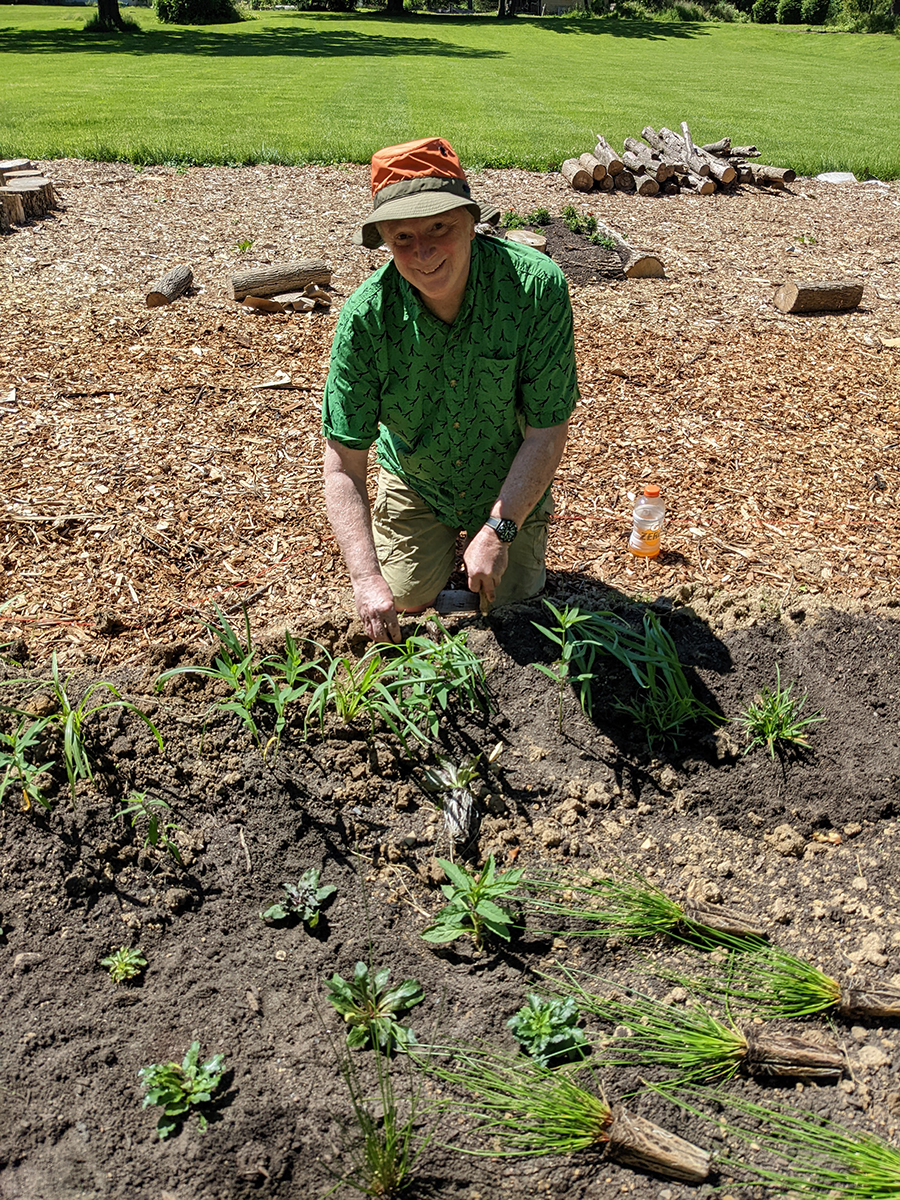
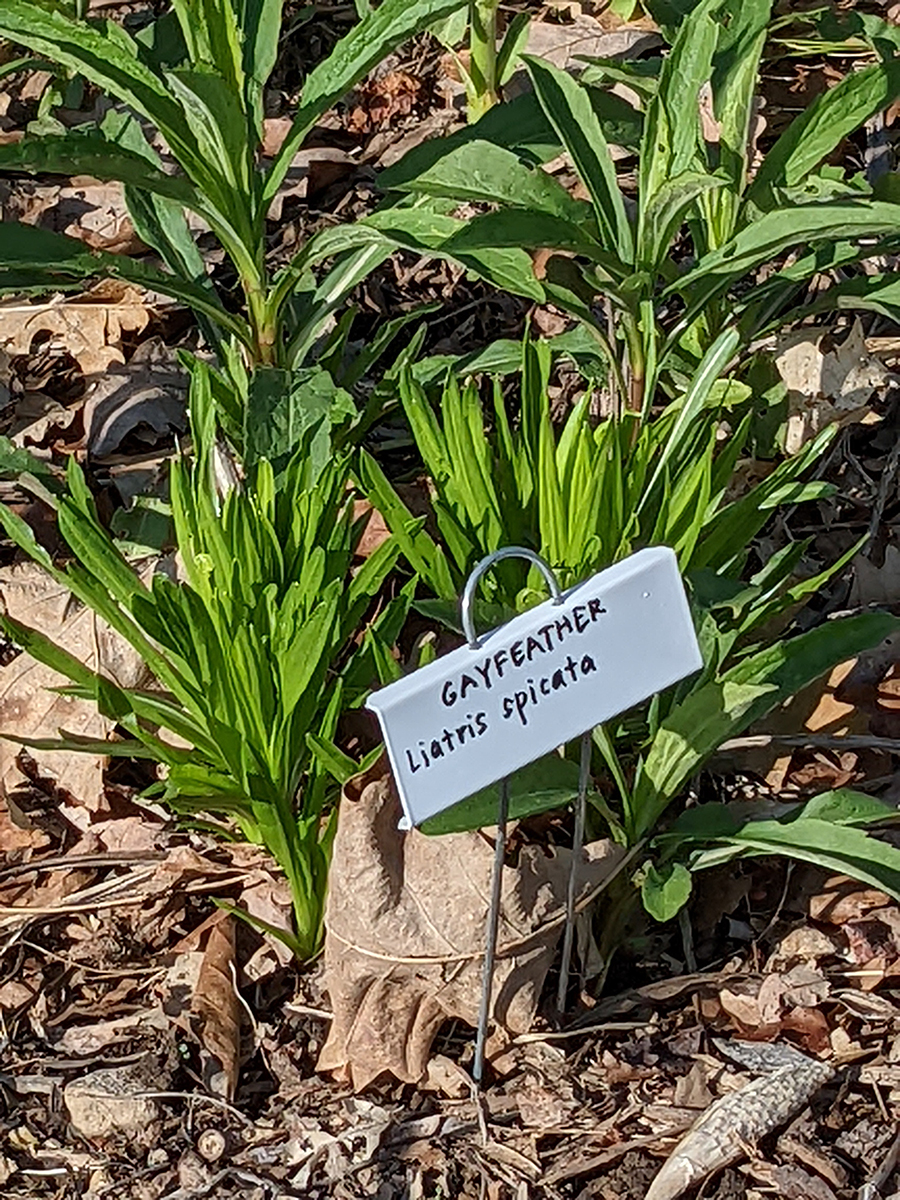
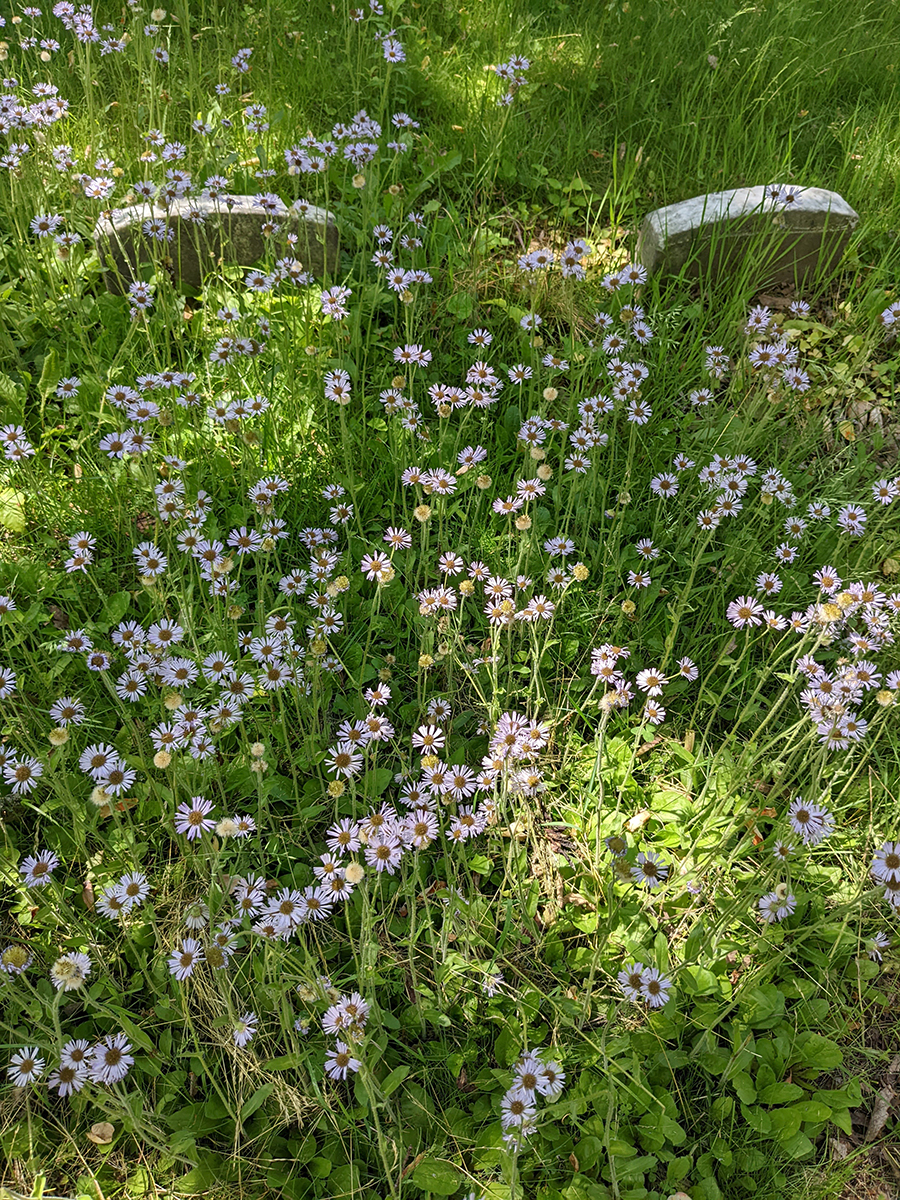
Gwynedd (Pa.) Meeting land restoration work, left to right: 1. Fencing a tree nursery of oak saplings found on the grounds. 2. Planting rain garden with native plants. 3. Native plants labeled in the pollinator garden. 4. Lavender fleabane in burial ground.


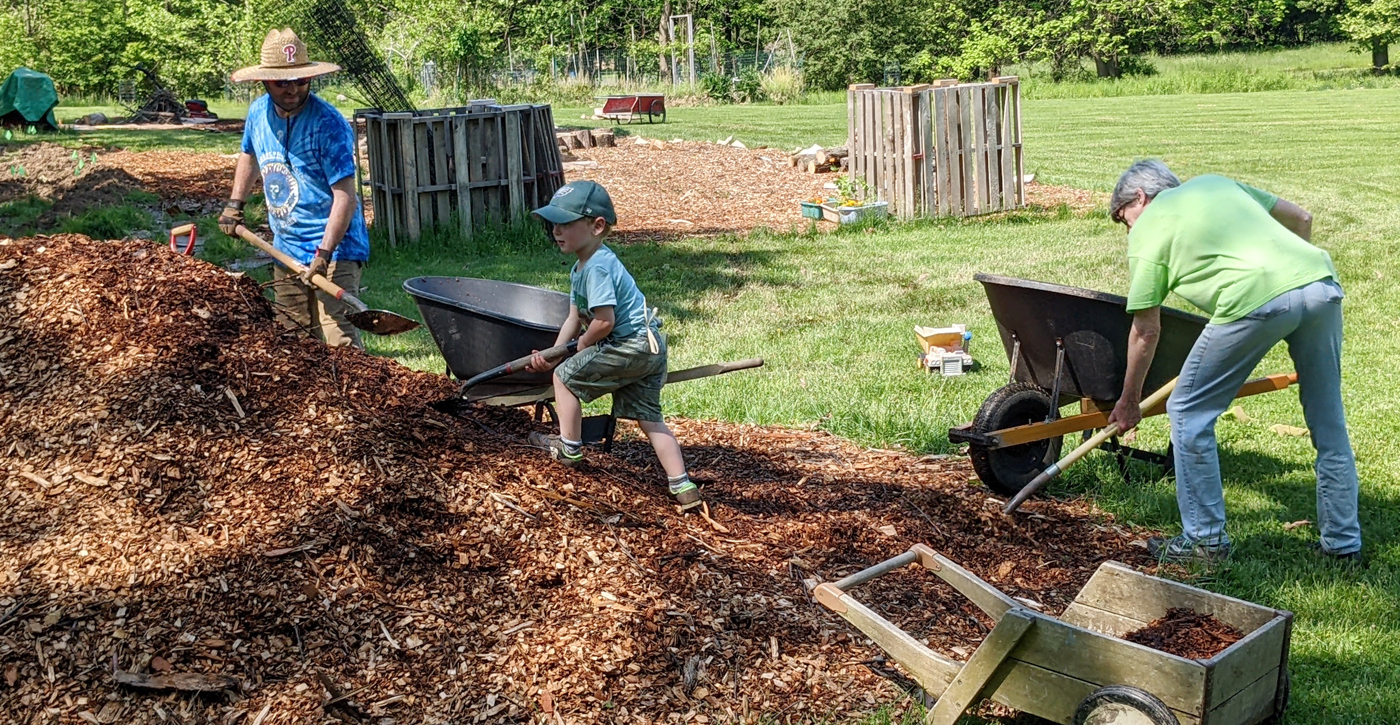

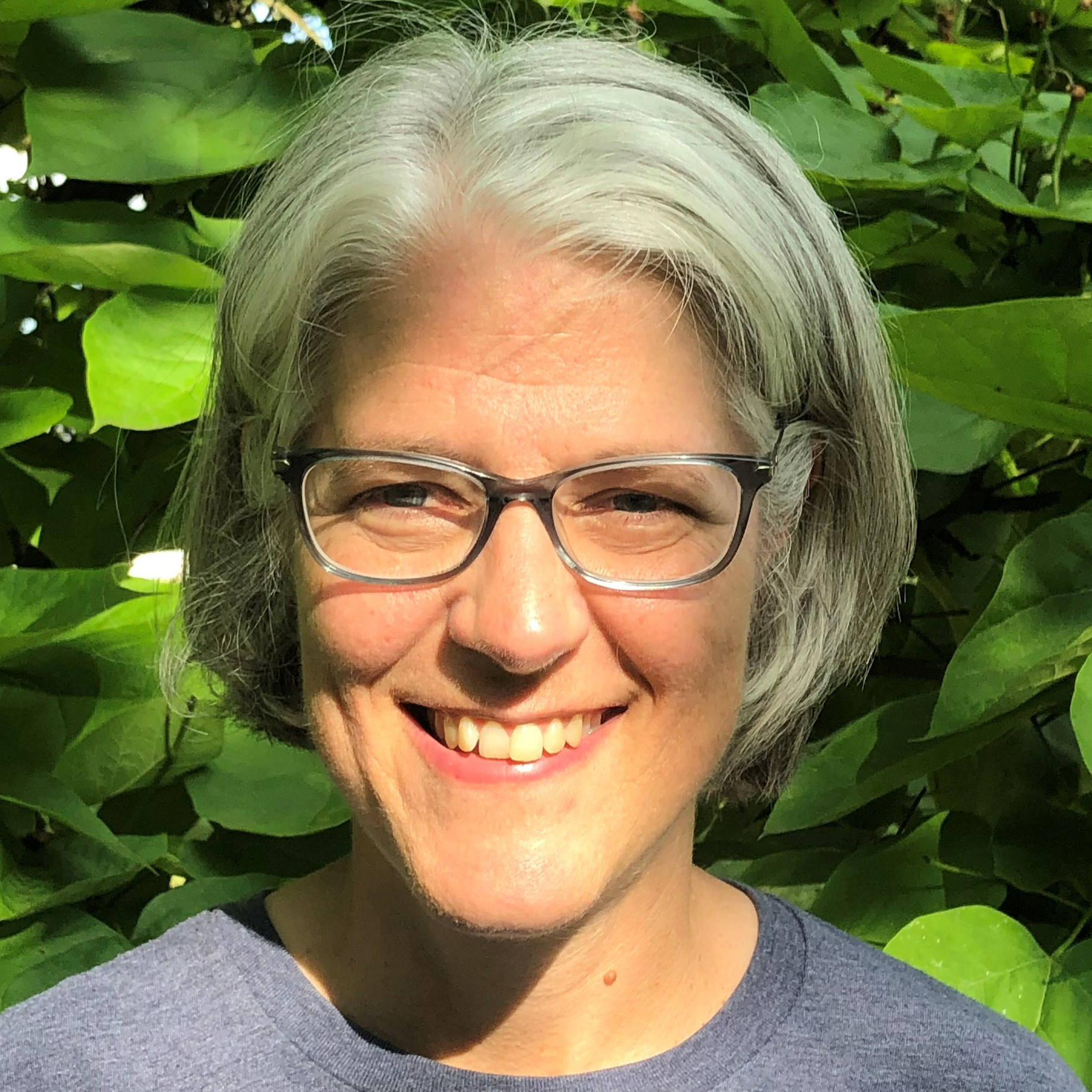
1 thought on “14 Community-Focused Ways Quaker Meetings Can Steward Their Land”
Comments on Friendsjournal.org may be used in the Forum of the print magazine and may be edited for length and clarity.